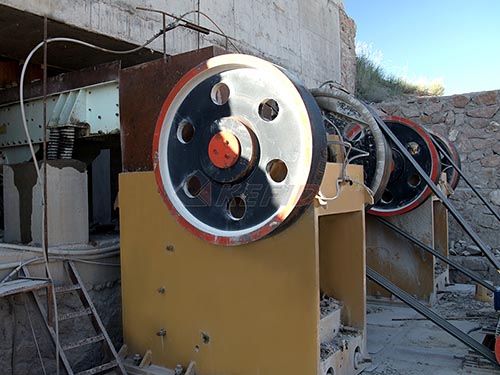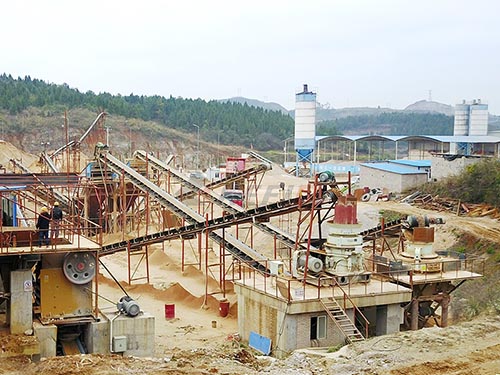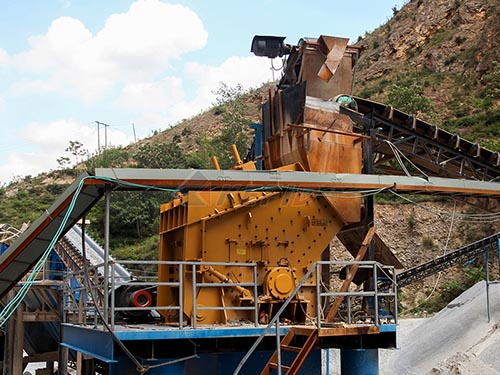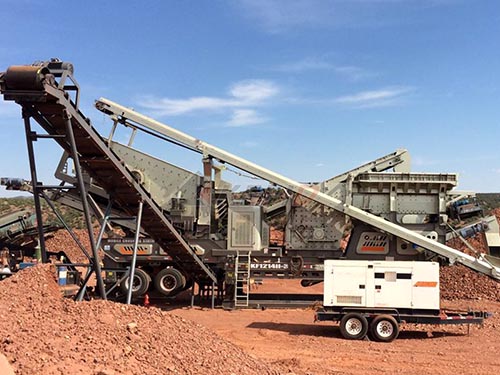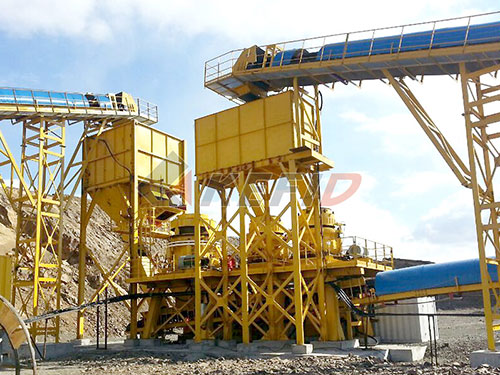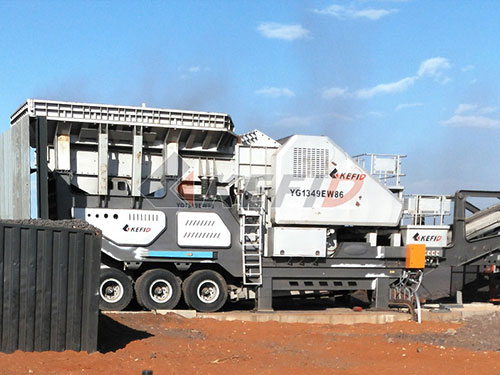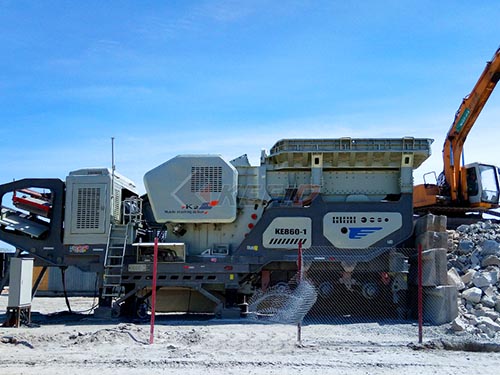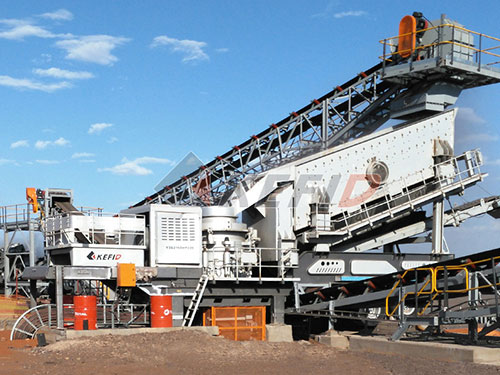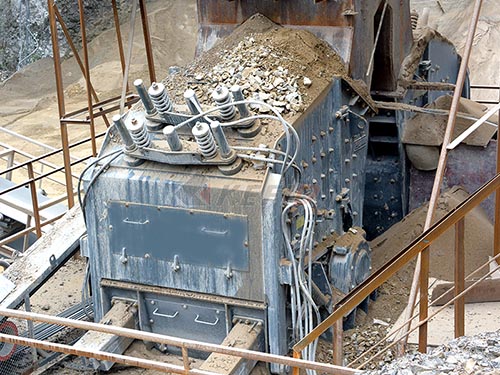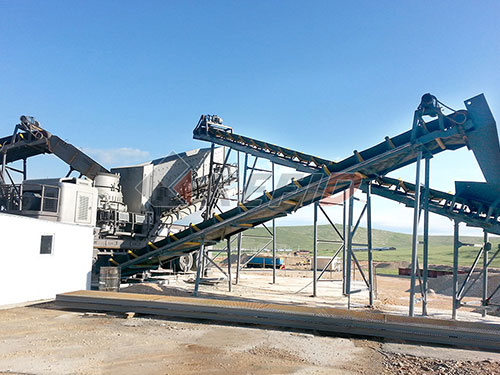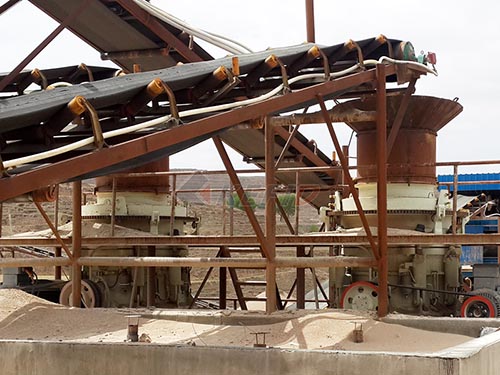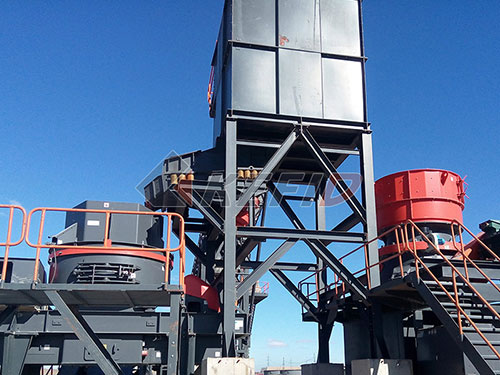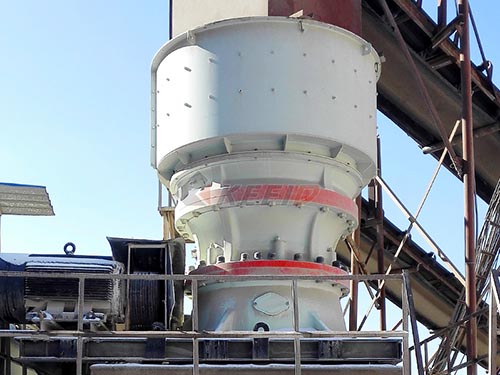Construction & Crushing Ltd: Powering Ghana’s Infrastructure Development from Accra
Ghana’s dynamic growth story is visibly etched into its evolving skyline and expanding road networks. At the heart of this physical transformation, providing the essential building blocks, stands Construction & Crushing Ltd (CCL), a key player operating out of the bustling capital, Accra. More than just a supplier, CCL has established itself as a vital partner in the nation’s construction ecosystem.
Core Expertise: Delivering Quality Aggregates
CCL’s primary mission centers on the production and supply of high-quality crushed stone aggregates – the fundamental materials underpinning nearly all construction projects. Utilizing modern crushing plants and rigorous quality control processes, they transform raw rock into precisely graded materials essential for:
Concrete Production: Supplying coarse and fine aggregates that meet stringent standards for strength and durability in buildings, bridges, and infrastructure.
Road Construction: Providing stable base materials (like granular sub-base – GSB), drainage layers, and surfacing aggregates crucial for building resilient roads and highways capable of withstanding Ghana’s climate.
Foundation Works: Offering materials for solid foundations across residential, commercial, and industrial developments.
Drainage Systems: Supplying specific aggregates used in effective land drainage solutions.
Beyond Supply: Integrated Solutions
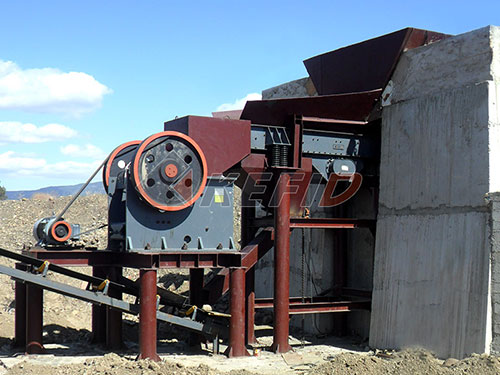
Understanding the diverse needs of Ghana’s construction sector, CCL often extends its capabilities beyond bulk aggregate supply:
1. Mobile Crushing Services: A significant advantage offered by CCL is their mobile crushing units. This service brings the crushing operation directly to project sites or designated quarry locations. This offers immense value by:
Reducing Transportation Costs: Eliminating the need to haul raw material long distances to a fixed plant and then transport finished aggregate back to site.

Maximizing Resource Utilization: Enabling on-site processing of demolition waste (concrete, asphalt) or existing rock formations into usable aggregate (promoting recycling).
Project Efficiency: Providing tailored aggregate specifications exactly where and when needed, streamlining project timelines.
2. Site Preparation & Earthworks: Leveraging heavy machinery expertise, CCL frequently undertakes critical site preparation tasks including land clearing, bulk excavation, grading, and compaction – laying the essential groundwork for new developments.
3. Equipment Rental (Potential): While core to crushing and earthworks, companies like CCL often complement their services with equipment rental (excavators, bulldozers, loaders) or partnerships


